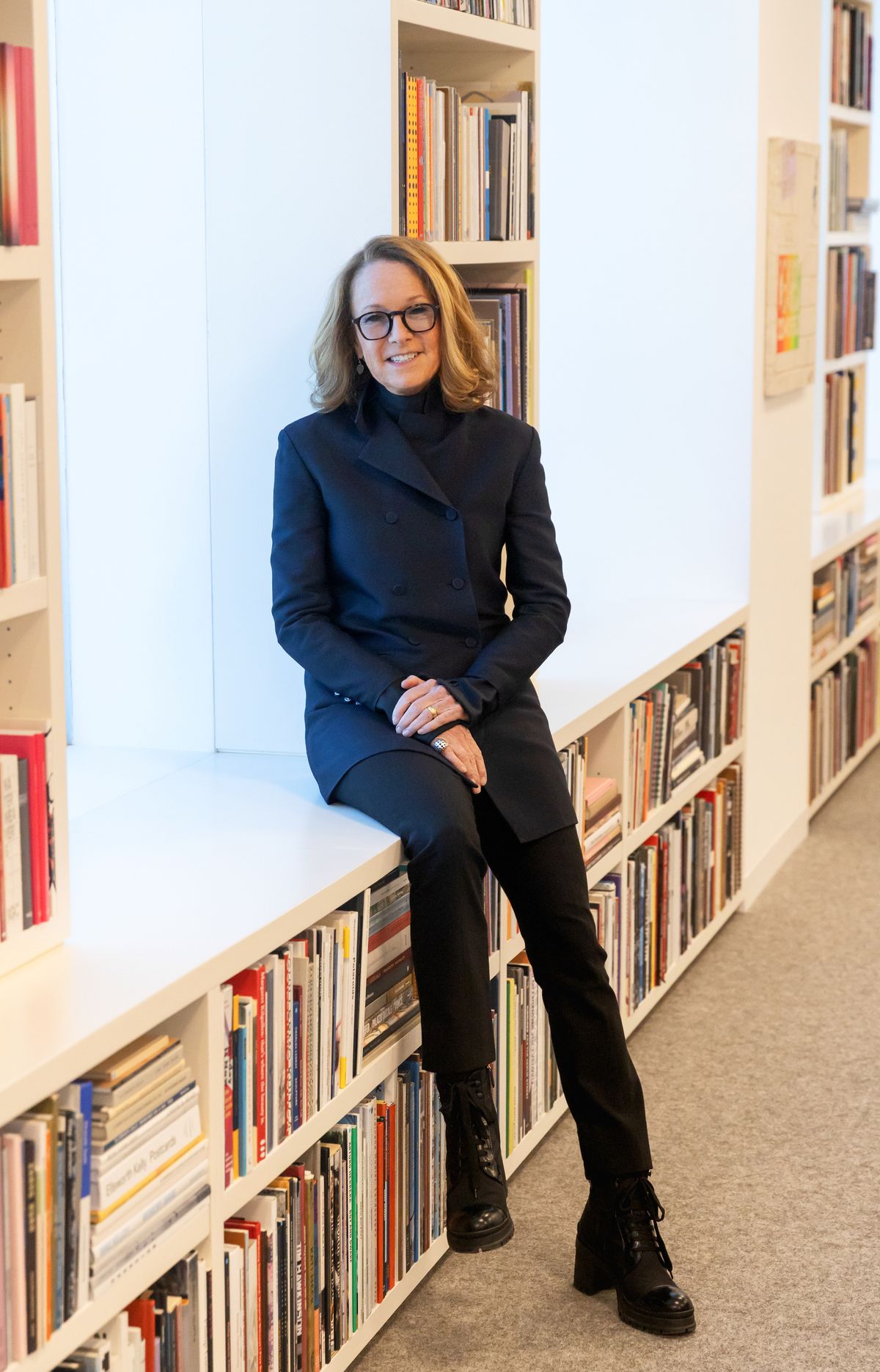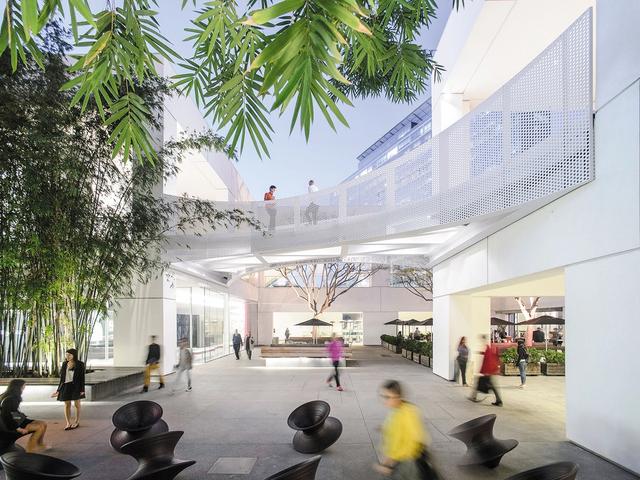The Hammer Museum in Los Angeles revealed this week that its longtime director, Ann Philbin, will retire. Stepping down from her post on 1 November 2024, after 25 years at the helm, Philbin is often credited with having transformed a small university museum (originally built to house Old Masters paintings owned by the oil tycoon and collector Armand Hammer) into a world-class institution for contemporary art.
“When the history of the Hammer Museum is written, there will be a clear line drawn—before Annie Philbin, and after Annie Philbin,” the museum’s board chair, Marcy Carsey, said in a statement. “She has guided a complete transformation of the museum—its facilities, its collection and its exhibitions and programmes, which she has elevated in every way—while redefining the relationship of art museums to their communities and their society.”
Adam D. Weinberg, director of the Whitney Museum of American Art, told The New York Times: “Annie will go down as one of the great museum directors of her generation.”
In the time since Philbin left her role as director of the Drawing Center in New York in order to lead the Hammer in January 1999, annual attendance at the Hammer has more than quadrupled and its collection has ballooned to more than 50,000 works, with a special focus on contemporary art and social justice. This spring, the Hammer premiered its expanded galleries and public spaces, having added more than 40,000 sq. ft to the museum over the course of an extensive, 24-year and $90m renovation.
During Philbin’s tenure, the museum launched a number of new programmes, including Hammer Projects (exhibitions highlighting emerging artists) and the Made in LA biennial. Philbin also expanded public programming at the museum, which now hosts 300 events per year, such as readings, film screenings, concerts and lectures, as well as extensive arts education programmes with local schools. Among the exhibitions Philbin has curated at the Hammer are Lee Bontecou: A Retrospective (2003) and Lee Mullican: Drawings (2000), and she has overseen numerous travelling exhibitions—recently, Joan Didion: What She Means (2022), curated by Hilton Als—and retrospectives by artists including Bridget Riley, Ulysses Jenkins, Paul McCarthy, Jimmie Durham and Mark Bradford.
In 2014, it was under Philbin’s direction that the Hammer did away with its admission fees for good with the slogan: “Free for LA. Free for you. Free for good.” “The fact that the Hammer is free allows it to become a regular gathering space for people,” Philbin told The Art Newspaper earlier this year.
“We have always said that the artists of Los Angeles are our core audience,” Philbin said in a statement, “and I think that in the way we have innovated in our programmes and transformed our facilities, we have created a true ‘artists’ museum’ for them.”
Philbin’s last exhibition will be Breath(e): Toward Climate and Social Justice in autumn 2024, part of the Getty’s PST ART: Art & Science Collide initiative. A search for her replacement will begin early next year.




